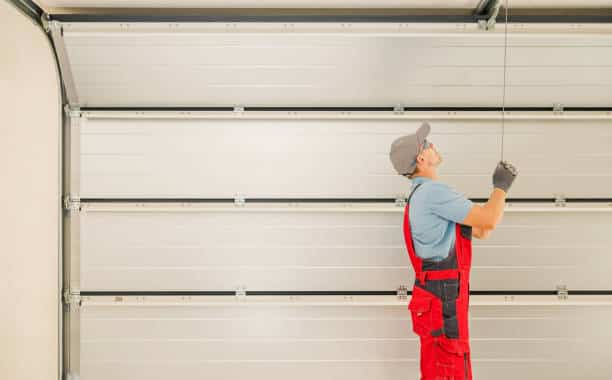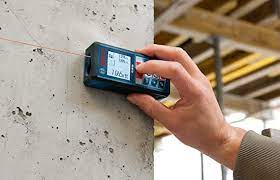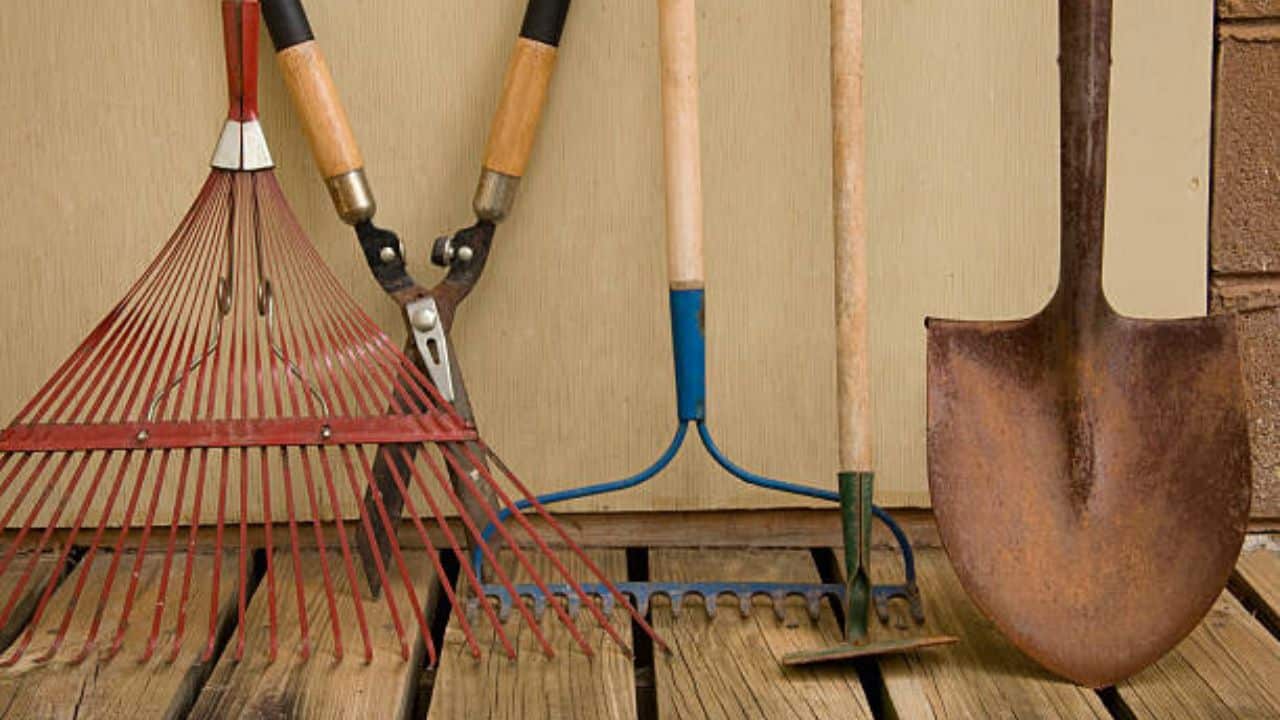Tired of the endless chore of raking fall leaves? Turns out, there’s a compelling reason to put that rake down. In this article, we explore the expert idea that challenges the traditional fall cleanup routine, revealing why leaving those leaves might just be the best thing for your yard.
Lets dive right in!
Table of contents
Why should I stop raking my fall leaves?
Natural Mulch:
Leaving fall leaves on your lawn serves as a natural mulch, providing insulation to the soil and helping it retain moisture.
Nutrient Boost:
Decomposing leaves add valuable organic matter to the soil, enriching it with essential nutrients that promote plant health.
Weed Suppression:
A layer of fall leaves helps suppress weed growth by blocking sunlight and creating a barrier that inhibits weed seeds from reaching the soil.
Improved Soil Structure:
As leaves break down, they enhance soil structure, fostering better aeration and drainage for healthier root systems.
See also: How Selling a House Works | What to Know Before Selling
Habitat for Beneficial Organisms:
Unraked leaves provide a habitat for beneficial organisms, such as earthworms and microbes, that contribute to soil health.
Cost and Time Savings:
Skipping the raking process saves both time and money on bags, disposal, and potential lawn treatments, making yard maintenance more efficient.
Natural Lawn Fertilizer:
Shredded leaves act as a natural fertilizer, releasing nutrients into the soil and promoting the overall well-being of your lawn.
Biodiversity Support:
Decomposing leaves attract insects and microorganisms, fostering biodiversity that contributes to a balanced and resilient ecosystem.
Erosion Control:
A layer of leaves helps prevent soil erosion by acting as a protective barrier against wind and water runoff.
Winter Lawn Protection:
Leaves left in place can insulate your lawn during winter, providing protection from extreme temperatures and minimizing the risk of frost damage.
Check out: How Smart Windows Work in Homes
What else can I do asides raking fall leaves?
Apart from raking fall leaves, there are several alternative methods and activities you can consider to manage fallen leaves effectively:
Mulching:
Use a mulching mower to chop the leaves into smaller pieces. The shredded leaves will break down faster and act as a natural fertilizer for your lawn.
Composting:
Create a compost pile with your fall leaves. Mixing them with other organic materials, like kitchen scraps, will produce nutrient-rich compost for your garden.
Leaf Blower with Mulching Function:
Invest in a leaf blower with a mulching function. This allows you to gather leaves while simultaneously shredding them for use as mulch.
Lawn Vacuum:
Consider using a lawn vacuum to collect and shred leaves. Many models come with a bag attachment for easy disposal or use as mulch.
Leaf Bagging for Collection:
If you prefer a tidy appearance, bag the leaves and use them for municipal leaf collection programs or take them to a local composting facility.
Create Leaf Mold:
Pile up leaves in a designated area to create leaf mold. This is a form of compost that can be used to improve soil structure and moisture retention.
Spread Leaves in Garden Beds:
Instead of raking, spread whole leaves over garden beds. They will break down over time, enriching the soil and providing insulation for plants during winter.
Use Leaves as Insulation:
Pile leaves around the base of tender plants to provide insulation during the winter months, protecting them from frost.
Crafts and Decor:
Get creative! Use leaves for seasonal crafts or as natural decorations. They can be pressed, framed, or incorporated into wreaths.
Donate to Local Farms or Gardens:
Check with local farms, community gardens, or composting programs. Some may welcome donations of fall leaves for use in agricultural practices.
Choosing an alternative method depends on your preferences, the size of your property, and your commitment to sustainable practices. Whichever option you select, these alternatives can turn the fall leaf cleanup into a beneficial and environmentally friendly activity.
Check out: How to Repair Small Appliances: Full Tips and Guidelines
Are there any advantages of raking fall leaves?
While there are alternative methods for handling fall leaves, there are also advantages to traditional raking. Here are some reasons why raking fall leaves can be beneficial:
Aesthetics:
Raking leaves provides an immediate and tidy appearance to your lawn, enhancing its visual appeal and curb appeal.
Prevention of Lawn Diseases:
Raking removes a potential breeding ground for lawn diseases like snow mold, which can develop when leaves trap moisture on the grass.
Promotion of Quicker Decomposition:
Raking and collecting leaves can prevent them from forming a thick mat on the lawn, allowing for quicker decomposition and minimizing the risk of thatch buildup.
Easier Lawn Care in Spring:
Removing leaves in the fall can make spring lawn care tasks, such as aeration and overseeding, more effective as the soil is not covered by a layer of leaves.
Neighbor Relations:
Maintaining a leaf-free lawn may contribute to positive relations with neighbors, especially if leaves from your property tend to blow onto theirs.
Visibility and Safety:
Raking ensures that your lawn is clear of obstacles, providing better visibility and safety, particularly in areas with heavy foot traffic.
Prevention of Pest Habitat:
Raking helps eliminate hiding places for pests like rodents and insects that may seek shelter in the layers of leaves.
Prevention of Stormwater Blockages:
Raking prevents leaves from accumulating in storm drains and gutters, reducing the risk of blockages and potential flooding during heavy rains.
Optimal Lawn Growth:
Clearing leaves allows sunlight to reach the grass, promoting optimal growth and photosynthesis, which is essential for a healthy lawn.
Quick Cleanup:
Raking is a straightforward and immediate method of leaf cleanup, providing an efficient way to keep your lawn looking well-maintained.
The choice between raking and alternative methods depends on your priorities, the size of your property, and your environmental and aesthetic preferences. A balanced approach that considers both the advantages of raking and the benefits of alternative methods may be suitable for achieving a healthy and visually pleasing lawn.
See also: Painter’s Tape vs. Masking Tape: What’s the Difference?
Conclusion
In the battle against fall leaves, it turns out that letting nature take its course is a winning strategy. By embracing the expert idea of not raking, you not only save yourself time and effort but also contribute to a healthier, more vibrant yard. So, this fall, consider giving your rake a break and watch your lawn thrive.
See also: Ultimate Guide to Low-flow Toilets
Frequently Asked Questions
Leaving fall leaves on your lawn provides a natural mulch that helps retain moisture, suppress weeds, and enrich the soil with essential nutrients.
Contrary to the belief that leaves smother grass, when shredded or left in thin layers, they create a beneficial layer that actually promotes a healthier lawn.
As leaves decompose, they contribute organic matter to the soil, enhancing its structure, water retention, and overall fertility.
Properly managed leaves are unlikely to cause snow mold. Shredded leaves decompose faster and create a healthier environment for your grass during winter.
Yes! You can achieve a neat appearance by mowing over the leaves with a mulching mower. This chops the leaves into smaller pieces, providing the benefits without the unsightly look of unraked leaves.
References
- cbf.org– Why You Should Stop Raking Fall Leaves
- home.howstuffworks.com- Why You Should Stop Raking Fall Leaves
- turf.umn.edu – Why You Should Stop Raking Fall Leaves





